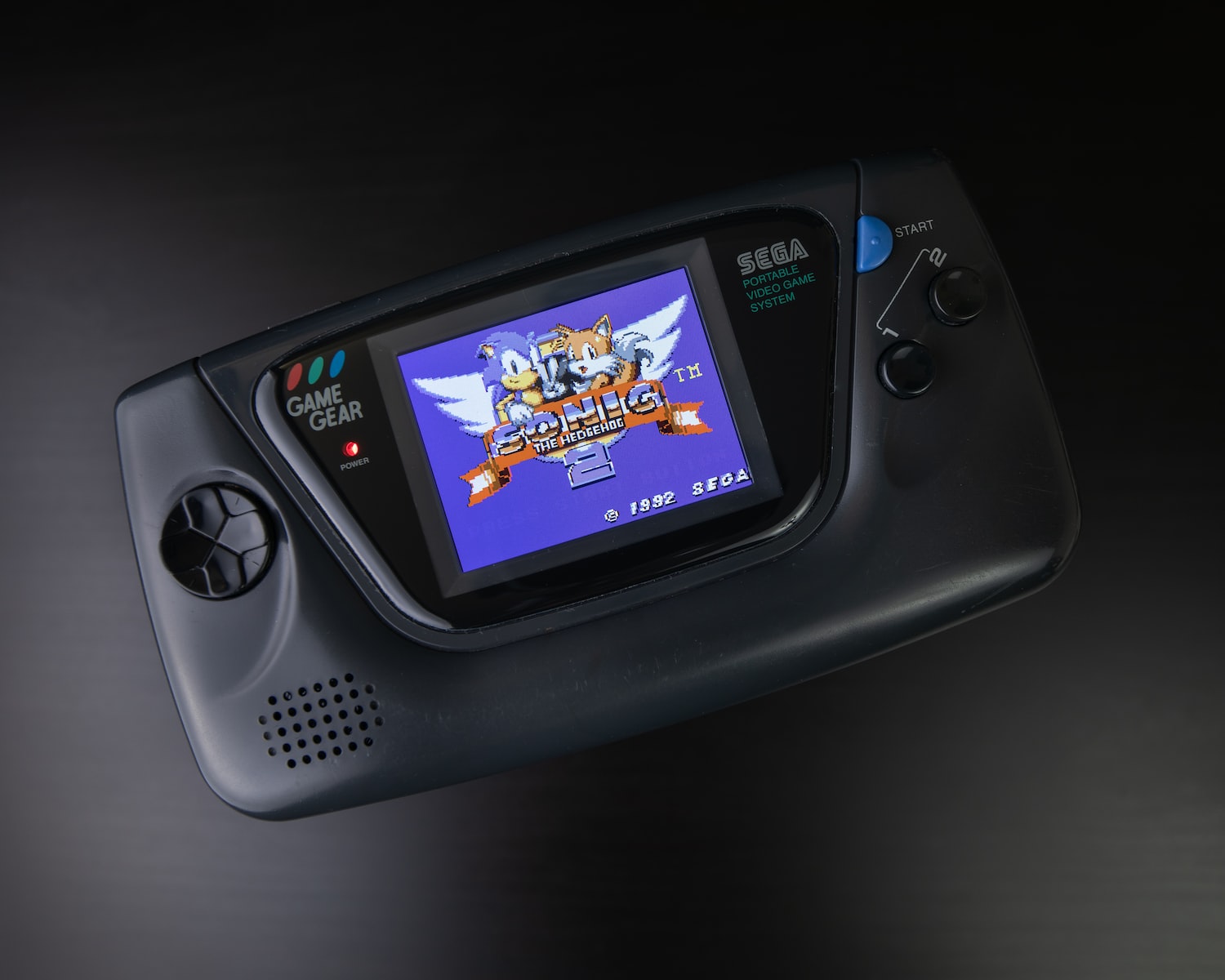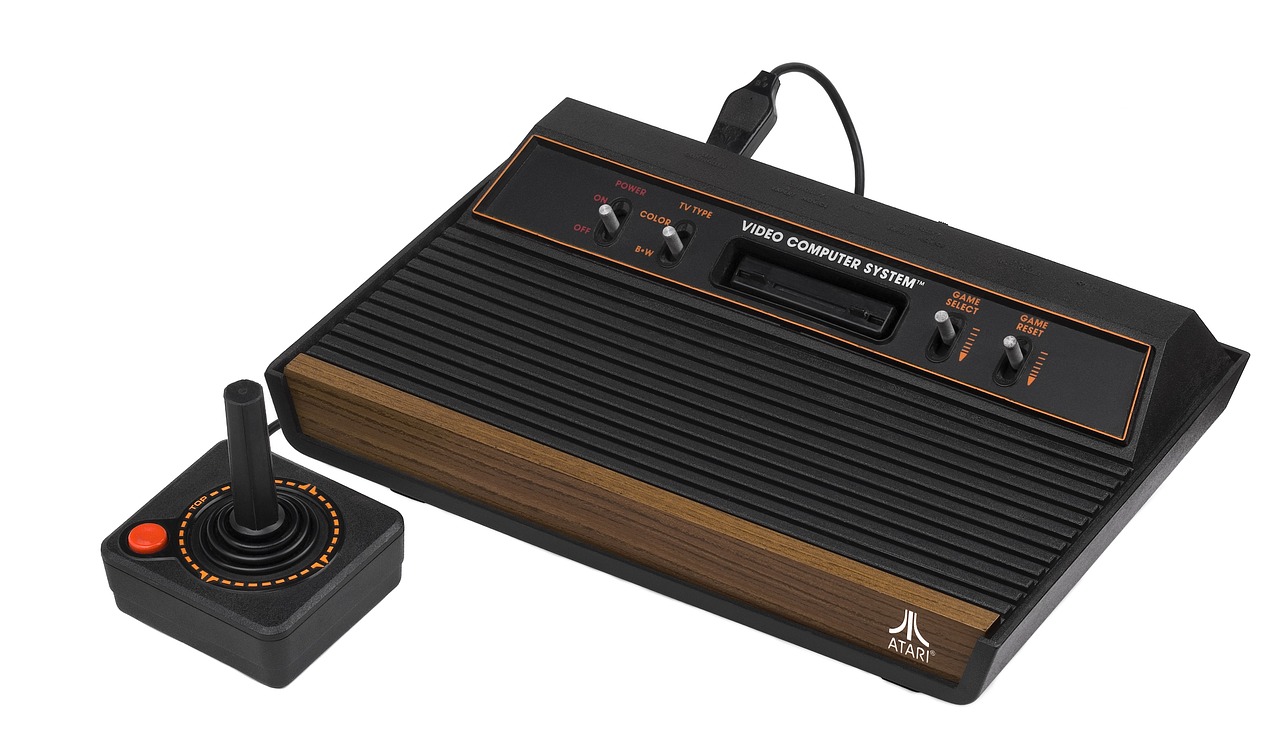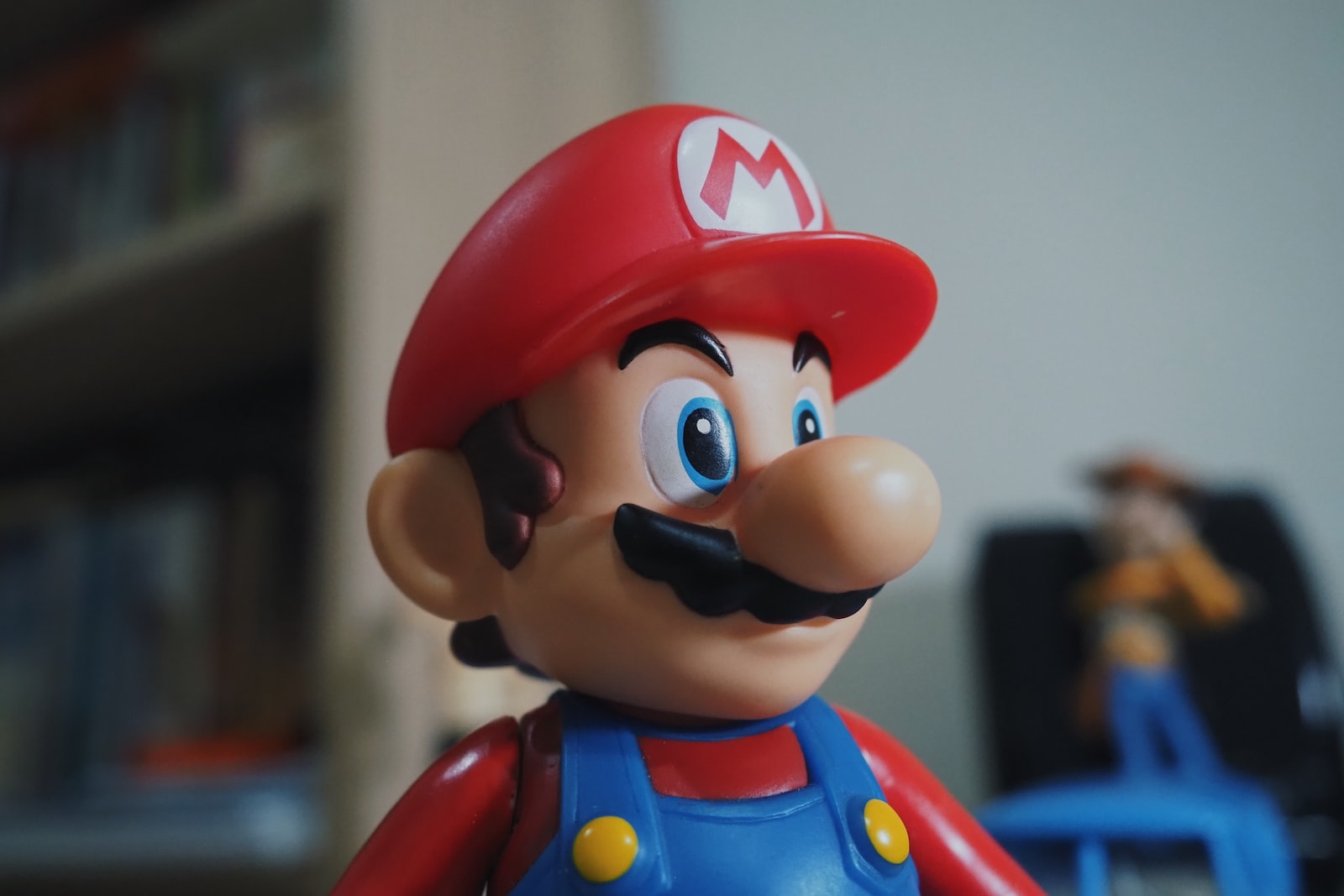First a little background. The Sega Game Gear was a portable video game console released by Sega in 1990. It was similar in design to the Sega Master System, but was portable and had a full-color screen. The Game Gear was powered by four AA batteries and had a library of over 300 games, including many popular Sega Master System titles that were reprogrammed for the Game Gear. It was released in competition with the Nintendo Game Boy, and although it was technically more advanced, it was not as successful and was discontinued in 1997.
It’s estimated that the Game Gear sold between 10 and 15 million units during its lifespan. In comparison, the Game Boy sold over 118 million units.
Why was the SEGA Game Gear not as popular as the Nintendo Game Boy?
- The Game Boy had a longer battery life: The Game Gear required four AA batteries and had a battery life of around 6 hours, while the Game Boy used smaller, more efficient batteries and had a battery life of up to 15 hours.
- The Game Boy had a larger library of games: The Game Gear had a library of over 300 games, but the Game Boy had a library of over 1,000 games.
- The Game Boy was more portable: The Game Gear was larger and heavier than the Game Boy and was not as easy to carry around.
- The Game Boy had better marketing: Nintendo heavily marketed the Game Boy and had a strong brand identity, while Sega’s marketing for the Game Gear was not as effective.
- The Game Boy had a lower price: The Game Gear was released at a retail price of $149.99, while the Game Boy was released at a lower price of $89.99.
The Sega Game Gear was originally known as the Sega Mark III Game World. The Sega Mark III was a home video game console released in Japan in 1985 and was the predecessor to the Sega Master System. The Game World was a portable version of the Mark III that was released in Japan in 1990. The Game World was later released outside of Japan as the Sega Game Gear and was redesigned to be more similar to the Master System. The Game Gear was released in North America and Europe in 1991 and in Australia in 1992.
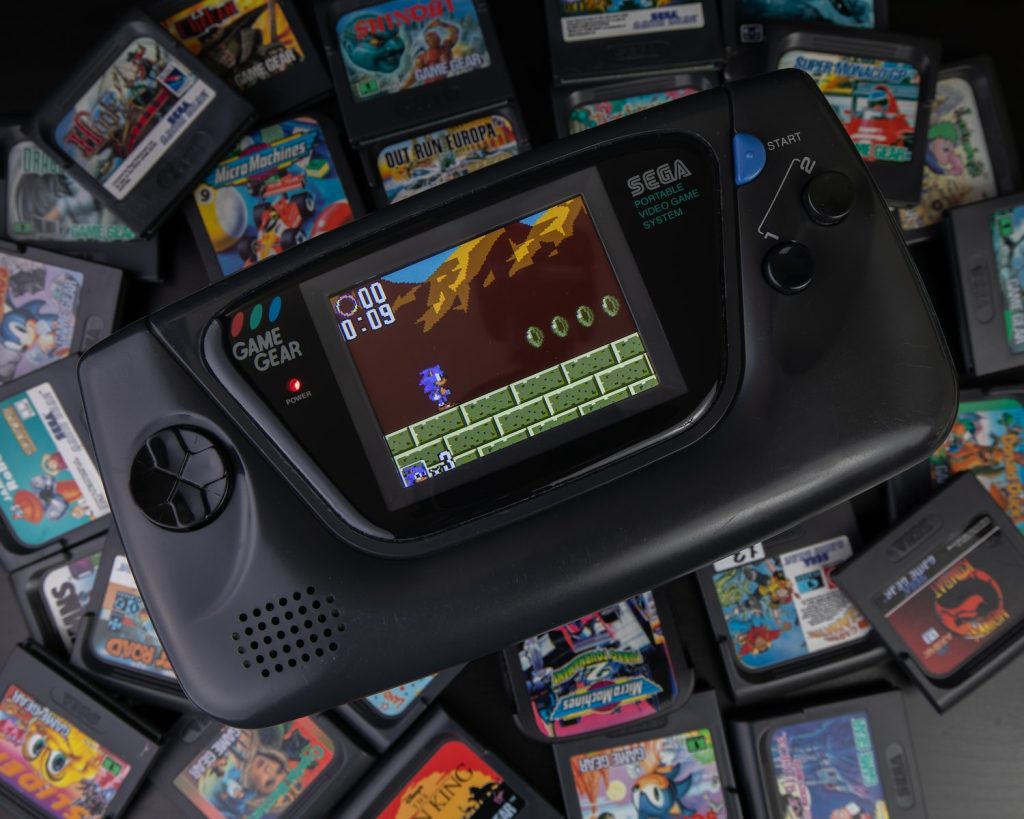
A few interesting facts about the Sega Game Gear:
- The Game Gear was released in Japan in 1990, in North America and Europe in 1991, and in Australia in 1992.
- The Game Gear was the first full-color portable video game console and had a screen that was larger and more advanced than the screen on the Nintendo Game Boy.
- The Game Gear was compatible with the Sega Master System and could play most Master System games with the use of a special adapter.
- The Game Gear was powered by four AA batteries and had a battery life of around 6 hours, depending on the game and the volume of the built-in speaker.
- The Game Gear was released in several different versions, including a version with a built-in TV tuner called the TV Tuner Gear.
- The Game Gear had a library of over 300 games, including many popular Sega Master System titles that were reprogrammed for the Game Gear.
- The Game Gear was discontinued in 1997, but it remains a popular collector’s item for retro gaming enthusiasts.
Contrary to the rumors. The Sega Game Gear was not a region-free system, which means that it was designed to only play games from a specific region. In the case of the Game Gear, the console was designed to play games from the region in which it was sold. This means that a Game Gear sold in North America would only be able to play games intended for the North American market, and a Game Gear sold in Japan would only be able to play games intended for the Japanese market. There were some exceptions to this rule, as some games released for the Game Gear were not region-locked and could be played on any Game Gear console. However, these games were the exception rather than the rule.
How does the Game Gear compare to the Nintendo Game boy in terms of technical specs and features?
The Sega Game Gear and the Nintendo Game Boy were both portable video game consoles that were released in the early 1990s. Here is a comparison of their technical specifications and features:
- Processor: The Game Gear was powered by a Zilog Z80 processor running at 3.58 MHz, while the Game Boy was powered by a Sharp LR35902 processor running at 4.19 MHz.
- RAM: The Game Gear had 8 KB of RAM, while the Game Boy had only 1 KB of RAM.
- Storage: Both the Game Gear and the Game Boy used cartridges to store games.
- Display: The Game Gear had a 3.2-inch reflective TFT color LCD with a resolution of 160×144 pixels, while the Game Boy had a 2.6-inch black and white LCD with a resolution of 160×144 pixels.
- Audio: The Game Gear had 3-channel PSG audio and a monaural speaker, while the Game Boy had a single channel audio and a monaural speaker.
- Input: Both the Game Gear and the Game Boy had a D-pad and two buttons.
- Connectivity: Neither the Game Gear nor the Game Boy had any connectivity features.
- Battery: The Game Gear used four AA batteries and had a battery life of around 6 hours, while the Game Boy used four AA batteries and had a battery life of up to 15 hours.
Overall, the Game Gear was technically more advanced than the Game Boy, with a full-color screen and more powerful processor and audio capabilities. However, the Game Boy had a longer battery life and a larger library of games, which contributed to its success in the portable gaming market.
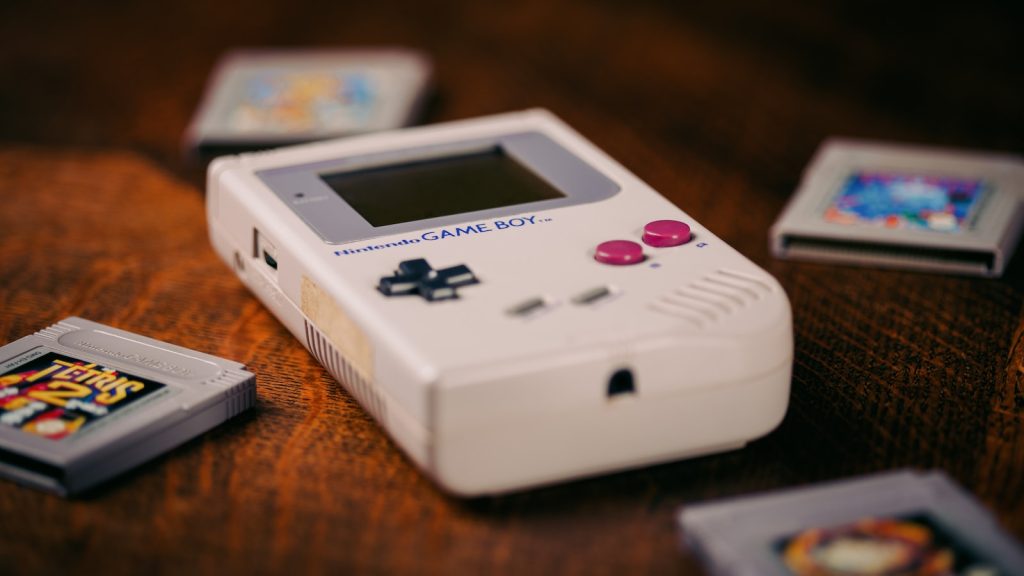
The most popular games for the Sega Game Gear include:
- Sonic the Hedgehog
- Columns
- Shinobi
- The GG Shinobi
- The GG Shinobi II
- Sonic Drift
- Dragon Crystal
- Tails Adventure
- Sonic Triple Trouble
- Sonic Chaos
Sonic the Hedgehog was especially popular on the Game Gear, with several Sonic games released for the platform. Columns and Shinobi were also well-received puzzle and action games, respectively.
You can purchase a Sega Game Gear from a variety of sources, including online retailers such as eBay and Amazon, as well as from specialized vintage video game stores and collectors. The price of a Sega Game Gear will depend on its condition and whether it is complete with all of its original accessories. You may also be able to find Sega Game Gear consoles at video game conventions and flea markets.

